Kati and I are drawn to National Parks around the world. Whether it is the Galapagos off the coast of Ecuador or Yosemite in California, National Parks have always given us a feeling of one with nature and we marvel at the untouched wilderness. National parks are protected areas with the highest legal status that require the protection of the richness of its flora and fauna (safeguarded in Mexico under the General Law of Ecological Balance and Environmental Protection). Due to their natural wealth and landscape characteristics, the national parks have scientific, recreational, educational and historical interests.
Following are ten national parks that stand out for their beauty and have challenging trails to explore, which you should undoubtedly walk once in a lifetime.
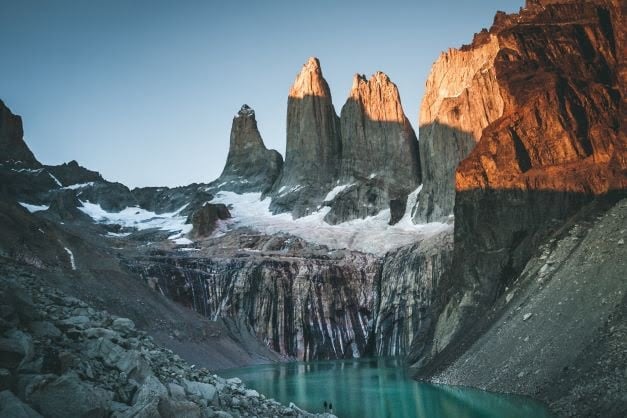
Torres del Paine is an incredible place to hike and explore when you are visiting Patagonia.
Chile: Torres del Paine National Park
In the Magallanes Region and the Chilean Antarctic, there are 227,298 protected hectares, with 26 species of mammals and 115 species of birds.
Torres del Paine National Park was founded in 1959 and is named after the three granite peaks illuminated by the sun at each sunrise and sunset.
It is located between the Pacific Ocean and the Andes, covered by the last branch of the immense Southern Ice Field: the third largest ice cap in the world, after Antarctica and Greenland.
The best time of year to visit it is from October to April. It has a good number of trails of about 250km and the main ones are the W and Circuit.
Argentina: Los Glaciares National Park
In the region of Santa Cruz, Patagonia is the Perito Moreno glacier. Until 2006, it was considered the only one capable of resisting global warming; however, it has also begun to show weakness. Now, this is just one of the many glaciers in this region.
With a total of 445,900 hectares, Los Glaciares National Park was founded in 1937, and there are a good number of trails, for example, the one that goes from Río Túnel to El Chaltén, where there are two trails that lead to the Capri lagoon, and to the Torre lagoon.
The best time of year to visit is from the beginning of November to the end of April.
Brazil: National Park of the Pantanal Matogrossense
In the Mato Grosso region, 136,000 hectares make up the Pantanal Matogrossense National Park.
Founded in 1981, it is a swamp of around 240,000 square kilometers, shared between Brazil (most of it), Bolivia and Paraguay. It is also the largest wetland in the world, surrounded by mountain ranges.
The best time to visit is from May to September (dry season), but you can also visit this region on rare occasions.
Ecuador: Galapagos National Park
Founded in 1959, the Galapagos National Park is home to 797,000 hectares and 500 vascular species, of which 180 are endemic.
The primitive reptiles that can reach 150 years of age are the true stars of this island, not only because they are endemic, but because, along with a large number of finches, they inspired Darwin’s theory of evolution thanks to natural selection.
It can be visited all year round and has many trails, such as Santa Fe, Frigate Bird Hill (San Cristóbal), and Isla Bartolomé, amongst others.
Venezuela: Canaima National Park
In the region of Bolívar, in Venezuela, there are 3,000,000 hectares protected under the name of the Canaima National Park.
Founded in 1962, this immense and beautiful park is home to around 300 endemic floral species, many insectivorous plant species, and hundreds more species of animals. Here, you can also see the highest waterfall in the world, called Angel Falls, at 979m.
There are very few passable roads in the park that are not paved. It can be visited by boat, plane or on long walks that last several days.
Costa Rica: Manuel Antonio National Park
In the region of Puntarenas, in Costa Rica, you can find 1,983 hectares of land and 55,210 of the sea, which make up the Manuel Antonio National Park.
Founded in 1972, this park is home to 450 species of animals and 350 different types of vegetation in a small area the size of a town. Located on the Pacific coast, it is considered one of the most beautiful parks in the world.
The best time to visit this park is from December to April, and you can take different trails such as the Cathedral, Espadilla Beach, and Gemelas Beach, amongst others.
Mexico: Izta-Popo National Park
In Mexico, at the federal level, 67 national parks add up to a total of 16 million 220 thousand hectares. Within them, the Izta – Popo National Park is probably one of the most famous.
This park covers a territory of almost 40,000 hectares between the states of Puebla, Morelos and Mexico. It is part of the Sierra Nevada, a mountain chain that divides the Valley of Mexico and Puebla, and is located in the central-eastern part of the Volcanic Axis.
It has been a protected area since 1935 and shelters the majestic volcanoes of Popocatépetl and Iztaccíhuatl; in the second one, you can hike several trails of different difficulty.
United States: Yosemite National Park
Probably one of the most famous parks in the world, located in the State of California, Yosemite covers 308,100 hectares in total.
Founded in 1890, this park has the most majestic and impressive trees in the world. The gigantic Grizzly is 63.7m tall and approximately 2,000 years old and is one of the largest on the planet. The Columbia measures 87 meters, surpassing all the trees.
Yosemite is a striking and vivid example of the effects of glacial erosion on granite and ranges from 600m to 4,000m. It can be visited all year round and has many trails like the Yosemite Valley Circuit.
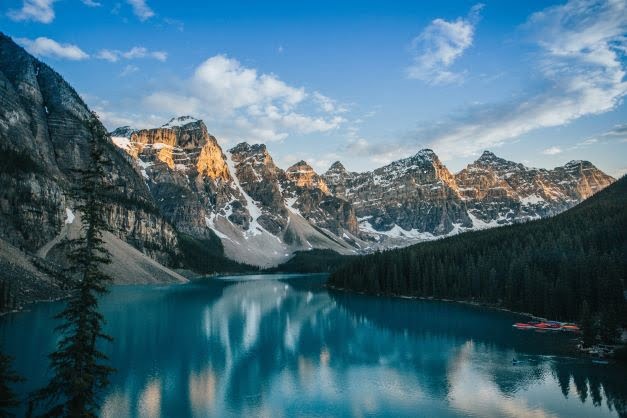
One of our favorite places is Banff in Canada. Wild places and incredible scenery make this an ideal place to explore.
Canada: Banff National Park
In Alberta, Canada, a rugged, mountainous region covered by coniferous forests, rivers and lakes, reminiscent of its glacial past and with a total area of 664,100 hectares, is under protection.
Founded in 1885, Banff National Park has 25 peaks over 3,000 meters above sea level. It is home to a wide range of animal species. Among them is the Banff Springs snail (Physella Johnson), a variety that lives in only 7 of the ten sulphureous springs in the Spray and Bow Valleys.
Founded in 1885, this park can be visited all year round, and you will see coyotes, wolves, jaguars, moose, marmots, eagles, and hawks, amongst many other species.
Alaska: Arctic National Wildlife Refuge
In the northernmost region of the American continent, we find the Arctic National Wildlife Refuge, founded in 1960.
With a total area of 7,948,026 square kilometers, this park has about 200 species of birds, 46 species of mammals (including the musk ox, a relic of the Ice Age) and 42 species of fish.
The best time to visit it is in summer, however, here you have to go trekking, discovering your own path as you walk, since it does not have marked trails, which gives it a touch of greater adventure.
Our Final Word
National Parks around the world give you a sense of how the world was before technology and how the world should be. It has given us immense pleasure exploring the National Park in the Americas and urge everyone to get out and hike, explore and see a national park. We have camped in many and plan on returning again and again. Our list included 10 national parks but there are many more and just as beautiful and just as wild. Check out one near you and head there to reset. National Parks are really the world’s best idea.
Related Posts
5 Simple Ways to Celebrate Earth Day and Make a Positive Impact
Earth Day, celebrated annually on April 22nd, is a global event that aims to raise awareness about environmental issues and promote sustainable practices. It serves as a reminder of our responsibility to protect and preserve the planet for future generations. Earth Day was first observed in 1970 and has since grown into a worldwide movement, with millions of people participating in various activities to make a positive impact on the environment.
Sun, Sand, and Adventure: Top 5 Things to Experience on Fort Myers Beach
Fort Myers Beach offers a paradise for sun-seekers and adventure enthusiasts alike. Dive into crystal-clear waters teeming with vibrant marine life, or soak up the sun on the pristine sandy shores. Embark on thrilling water sports, explore the enchanting Lovers Key State Park, or indulge in fresh seafood at waterfront restaurants.
Kaktovik: A Hidden Gem for Polar Bear Enthusiasts
Nestled on the edge of the Arctic Ocean, Kaktovik is a hidden gem for polar bear enthusiasts. This remote Alaskan village offers a unique opportunity to witness these majestic creatures up close. From guided tours to breathtaking wildlife encounters, Kaktovik promises an unforgettable adventure for those seeking an intimate connection with nature’s most iconic symbol of the frozen wilderness.

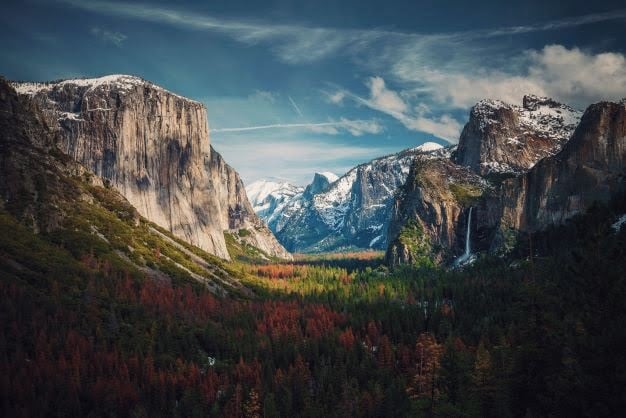
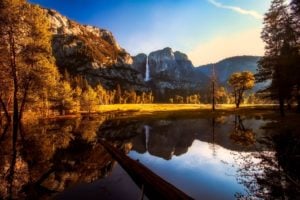
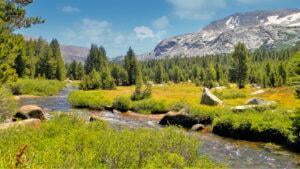
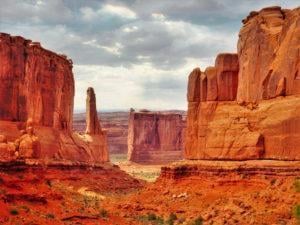
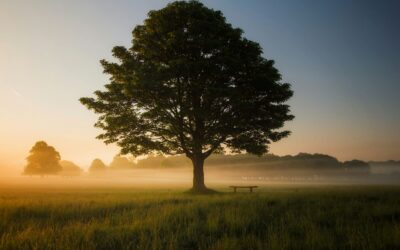

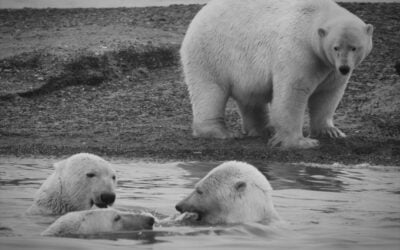

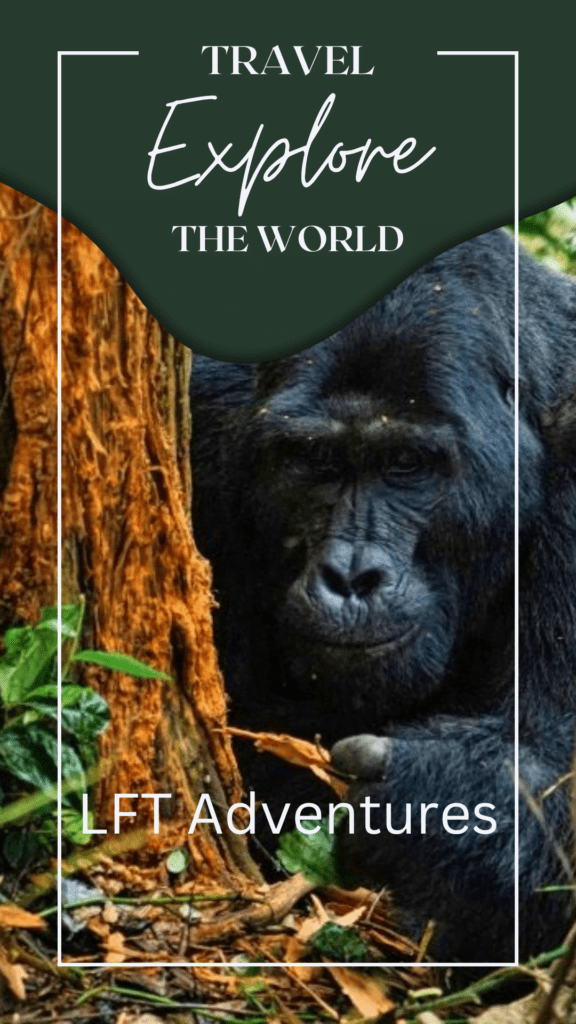
0 Comments